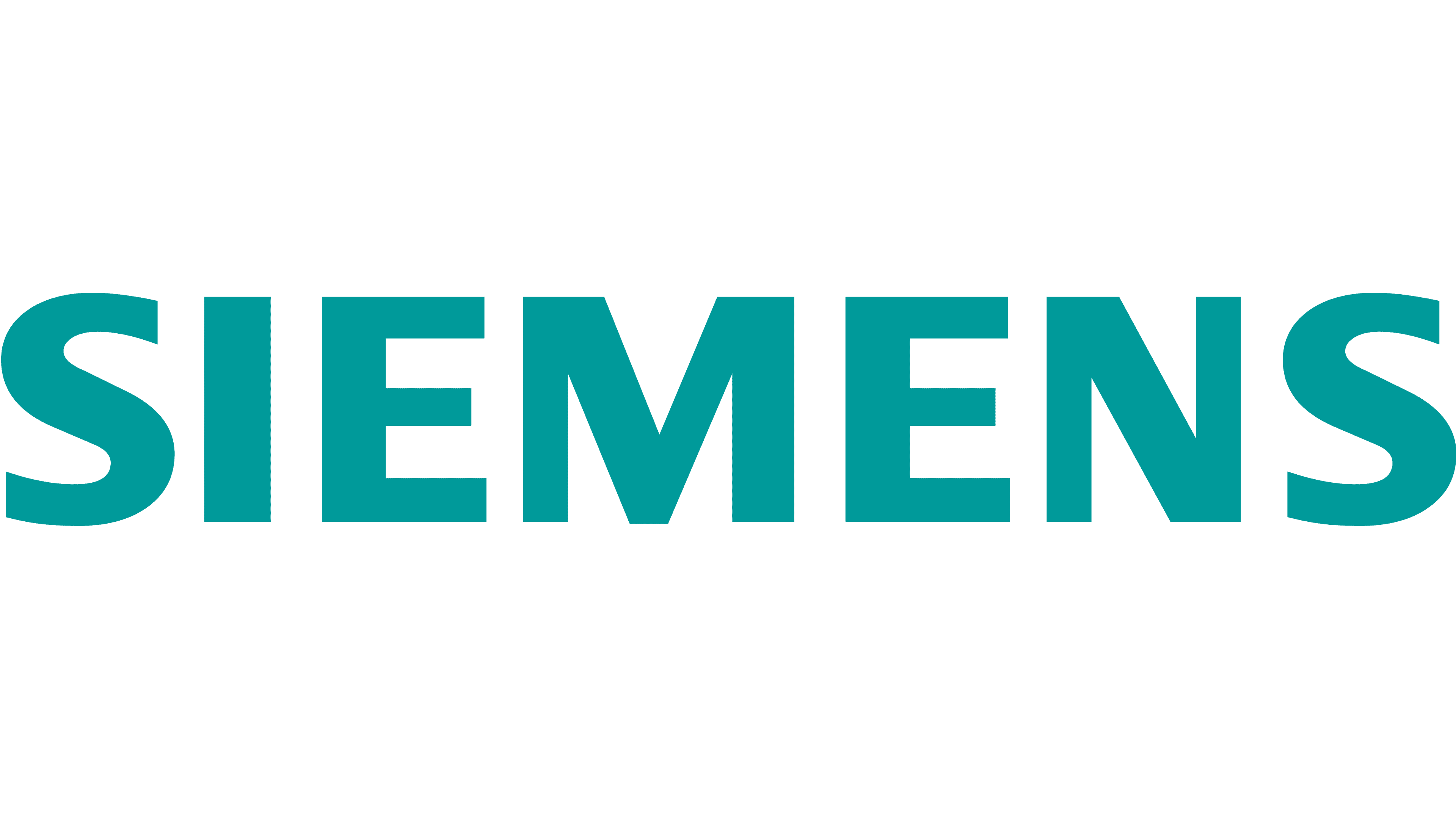
Never before has the human race been so aware of its impact on the planet that sustains it. Human activity has caused approximately 1°C of global warming above pre-industrial levels, according to the Intergovernmental Panel on Climate Change, which projects that global warming is likely to reach 1.5°C between 2030 and 2052.
However, as the unstoppable rise of renewable energy joins forces with the growing power of digital technologies, the framework for a more sustainable, versatile, efficient and inclusive energy system is taking shape.
The sharp decline in the cost of renewable energy, and a huge increase in its share of the global power supply, is changing the energy matrix for good. As residential, industrial and commercial consumers seize on decreasing costs and add their own behind-the-meter resources, such as solar panels, combined heat and power plants, home batteries and electric vehicles (EVs), the grid is also becoming increasingly complex.
“When I trained as an engineer in the 1980s, it was on a linear system with only 200 or so power stations in Germany,” says Michael Weinhold, head of technology and innovation at Siemens Smart Infrastructure. “That was reflected in a monopolistic energy system – a top-down unidirectional relationship with the consumer. That was OK because demand was predictable.
“Now, solar and wind generation have grown rapidly, and we have supermarkets and homes where the roofs are covered with PV, meaning that a formerly very passive unidirectional grid edge is now a very active bidirectional one. Renewable energy has been a game changer, a revolution.”
From consumer to prosumer
The proliferation of renewable power plants, both small and large-scale, is driven partly by political commitments to decarbonisation made by major economies. It is also due to the accessibility and affordability of PV and battery technologies, and by the ability for small power generation facilities to be connected to the power grid.
Government feed-in systems, set up to reward renewable power generation, have encouraged a rapid scaling up of investment in wind turbines, PV plants and battery technologies. The result, a more decentralised power matrix with many more layers of complexity, sees increasing numbers of consumers starting to produce energy to feed it into the grid.
At the grid edge, where the multiple new sources of power meet the ever-growing sources of demand, that complexity must be carefully managed.
“New technologies are important because we now have massive complexity in the system,” remarks Weinhold. “With sustainability targets and the ramping up of these technologies, they have suddenly become serious components in the system. So, they need monitoring and controllability. Fortunately, it has gone hand in hand with the advancements in connectivity, computer technologies and data analytics, which allow us to monitor and run analytics on PV and wind plants, for example, and will help with the development of smart grid and smart building technologies.”
If complexity is the cost, the benefits come in the form of a more robust and flexible, but still reliable power grid, falling costs and a lower carbon footprint.
“Distributed and central power generation are working together, so there is always back up if one source of power fails,” Weinhold explains. “Our road map is direct and indirect electrification enabled by digital technologies. Different users, whether they are industrial plants, small communities, city districts, campuses or private households, will have different needs and different technologies. The system has to stay together to pool power efficiently.”
The grid edge is where the grid meets the end consumer, but it is also where smart technologies are being introduced to guide energy flows and balance supply with the demands of buildings, industry and private consumers. These technologies not only include local consumption and production systems, but also the smart meters, energy management systems and battery storage. They are the systems that provide the data and analytics to enable EVs, heat pumps, solar panels, building controls and smart appliances to be fully integrated into a more sustainable energy matrix.
A major challenge it has to overcome is the intermittent nature of renewable energy supply, which has to be successfully incorporated into a balanced system to meet growing demand from the electrification of heating and mobility infrastructure.
“Smart grid edge technologies accelerate the energy transition,” Weinhold says. “We are working with our customers to analyse where they can raise efficiency and how to flexibly operate industries to accommodate the variable output of renewable energy. We are also working with power plants on this project. So, it is a kind of coalition.”
Merging streams of innovation
Siemens has fixed its eyes firmly on the grid edge in an effort to assess how it can serve the crucial function of achieving sustainability in a decentralised power matrix. The steps that different countries need to take – and are able to take – vary greatly. Siemens, in collaboration with TU Berlin and the University of Oxford, recently proposed a readiness index, put forward in a recent white paper, ‘Driving the Energy Revolution’, which is an essential guide for both and corporations and governments.
The index contains an extensive range of indicators to help identify both barriers and opportunities in the roll-out of new technologies. Providing a clear pathway towards smart grid edge capability is essential because of the ever-increasing pace of innovation.
“There is a lot of knowledge-sharing going on globally and this helps to push a higher speed of development,” says Weinhold. “Innovation is still hot in each step of the value chain. The challenge has to be looked at in detail and managed, so we are using, for example, machine learning in substations to learn how the downstream nodes are behaving, so there is no overloading. Suddenly, you have the merger of hardware, software and artificial intelligence.”
There are many challenges ahead, not least the continued growth of small-scale renewable power plants that must be incorporated into the grid, but grid edge technologies are developing rapidly to monitor, balance and maintain a decentralised power network. The data and insight grid edge technologies provided are helping municipalities and distribution system operators better understand energy flows and how to optimise them. The most important challenge, however, is bringing consumers into the new paradigm.


